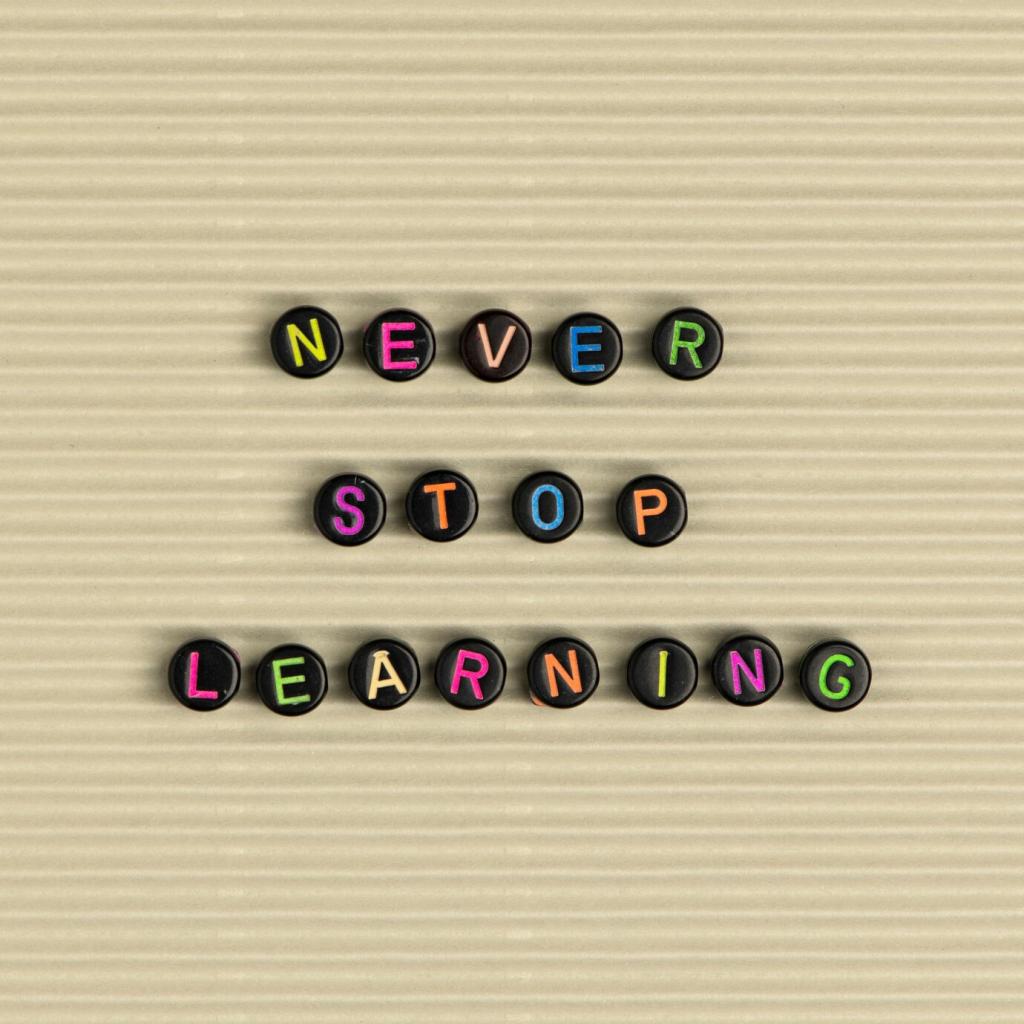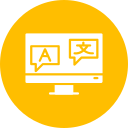Free vs. Paid Language Learning Platforms: Find Your Best Fit
Today’s chosen theme: Free vs. Paid Language Learning Platforms. We’ll unpack real trade-offs, stories, and strategies so you can learn smarter, not harder. Subscribe for fresh insights and tell us what worked for you.

What Really Separates Free and Paid Platforms
Feature Depth vs. Accessibility
Free tools shine with instant access and low friction, perfect for dabbling and daily streaks. Paid platforms often add pronunciation diagnostics, nuanced grammar pathways, offline modes, and coaching. Which matters more for your next milestone? Share your priorities.
Structured Pathways vs. Self-Guided Exploration
Paid programs typically provide linear curricula, checkpoints, and CEFR-aligned tracks. Free options reward curiosity and mixing resources. If you thrive on structure, consider paid scaffolding; if you love exploring, curate a free toolkit and report back.
Support and Accountability
Free communities are generous but unpredictable; answers may arrive slowly or inconsistently. Paid offerings often include tutor hours, live classes, or guaranteed feedback windows. Tell us how much accountability you need to stay consistent week after week.


Cost, Value, and the Long Game
Free can be expensive if it slows progress by months. Paid can be a bargain if it accelerates you past plateaus. Consider opportunity cost: hours invested, burnout risk, and your timeline. Comment with your monthly learning budget.
Cost, Value, and the Long Game
Leverage trials ruthlessly. Enter with a hypothesis, set measurable goals, and evaluate after two weeks. Refund windows reduce risk; short monthly plans protect flexibility. Share your favorite trial-to-commitment ritual to help fellow learners decide wisely.
Learning Science Behind the Paywall—and Beyond
Adaptive Algorithms Done Right
Paid apps often fine-tune difficulty with richer data, predicting forgetting curves and optimizing reviews. Some free tools do this surprisingly well, too. Test adaptivity: do sessions feel appropriately challenging? Post examples where adaptation truly surprised you.




Mix-and-Match Strategies That Actually Work
Try this rhythm: paid platform lessons Monday to Thursday for structure; free conversations Friday for spontaneity; weekend media immersion to reinforce. Track mood, mistakes, and wins. Comment if you adapt it to your schedule and share results.
Mix-and-Match Strategies That Actually Work
Pair a paid grammar path with free native podcasts, YouTube breakdowns, and community challenges. The paid core ensures coherence while free content injects authenticity. What channels or playlists best reinforced your last paid module? Share links generously.


Hidden Costs, Ethics, and Your Data
Free platforms often monetize through data or ads; paid platforms sometimes collect extensive analytics to improve features. Review permissions, export options, and anonymity. How do you balance convenience with privacy? Share any red flags you’ve encountered.
Hidden Costs, Ethics, and Your Data
Ad-supported learning fragments focus. If you stay free, consider blockers or offline modes. If you pay, demand clean interfaces. Your attention is currency—spend it intentionally. What interface choices helped you stay in deep work during sessions?

